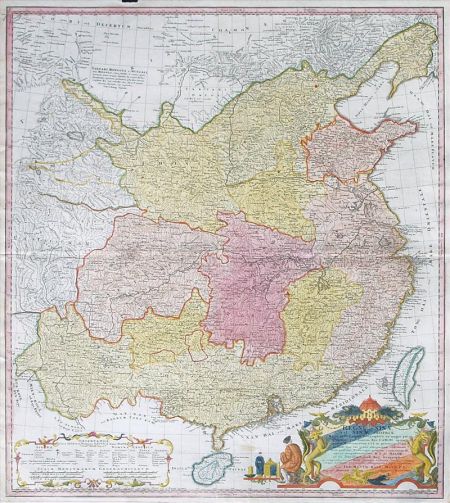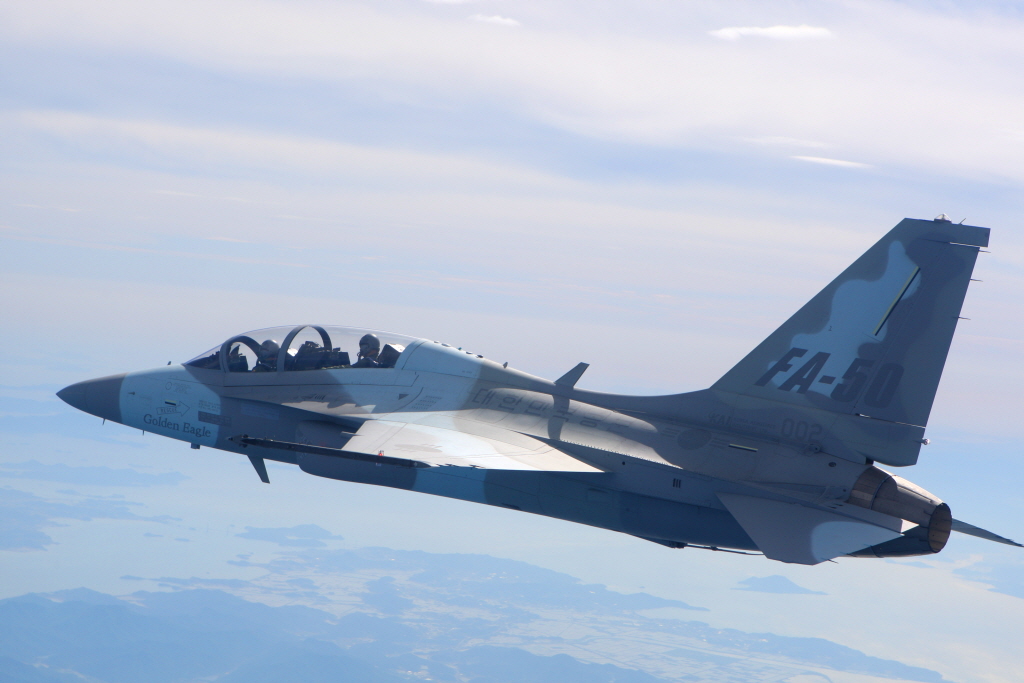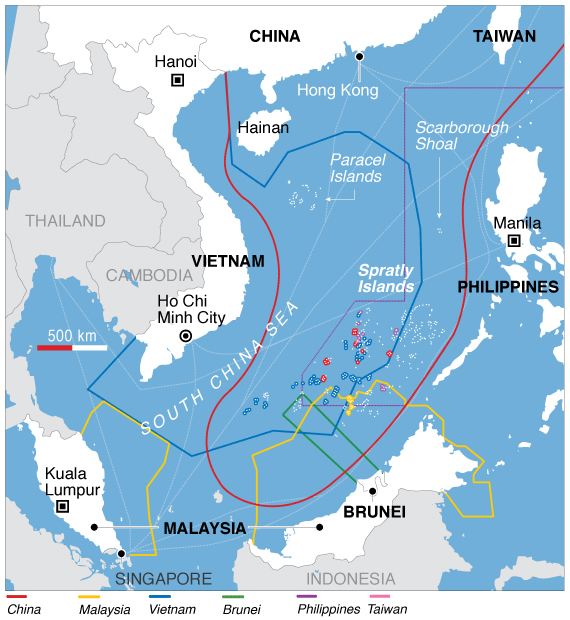Benham Rise is a shallow bathymetric feature, east of Luzon, that towers above the adjacent deep ocean floor. The shallowest part, which is Benham Bank, is less than 50 meters deep. NAMRIA image
Scientists explore new Philippine territory bigger than Luzon
Philippine scientists have started to conduct surveys on the potentially oil-rich Benham Rise, a largely unexplored territory larger than Luzon recently approved by the United Nations as part of the Philippines' continental shelf.
The team, led by University of the Philippines (UP) oceanographer Hildie Nacorda of the UP Diliman Marine Science Institute (MSI), left May 3 on board a Philippine research vessel for the first-ever benthic survey of the 13-million hectare area off the eastern coast of Aurora province. The team aims to map the bottom of the ecological region of the sea.

Images from the Benham Rise Program, a collaborative research cruise between UP MSI, UPLB and BFAR.
"At anchor at Benham Bank [with] 50-m and 2-knot currents. Trying drop cam[era] to take a peek at bottom. [We're] all okay. A few [are] seasick. Good weather!" the team said on Twitter on Tuesday.
On Tuesday afternoon, two of the researchers have touched the lowest part of Benham, reporting "120 percent coral cover." The members of the Benham Rise Program from UP also said they have captured "fascinating" videos of the benthic area.
Nacorda's group is expected to conduct surveys for two weeks which can pave the way for further research and exploration in the region, a UP statement said.
UP marine law expert Jay Batongbacal said that initial samplings from the undersea plateau point to huge deposits of natural gas and a rich source of manganese nodules. Batongbacal was part of the team that defended the Philippines' claim over Benham Rise before the UN Convention on the Law of the Sea panel, which gave its approval in April 2012.
MSI along with foreign research partners and a representative from the Philippine Navy set out for the first oceanographic survey of Benham Rise as part of the Philippines in 2012 following the UN approval. The Philippines was the sole claimant of Benham Rise.
The first group, aboard a vessel belonging to Scripps Research Institute, investigated the effects of Pacific Ocean currents on the productivity of the seas in the eastern Luzon area.
Lead investigator Cesar Villanoy from UP said the undersea area is the "least studied of Philippine waters."
The Department of Environment and Natural Resources had said that Benham Rise is a potentially oil-rich region that may provide energy for the country and for export.
"We own Benham Rise now. This is for future Filipnos," Environment Secretary Ramon Paje had said.
Named after American geologist Andrew Benham, the plateau was first mapped in 1933 when it was yet to be acknowledged part of the Philippine shelf. - philSTAR
PINOY MAG NEGOSYO KA, Post your ads, Services, Products, Jobs, Auction and win the bidding .. Bring all your store online FREE Visit Pilipinas Online Shopping Mall at http://www.pilipinasmall.com/






































